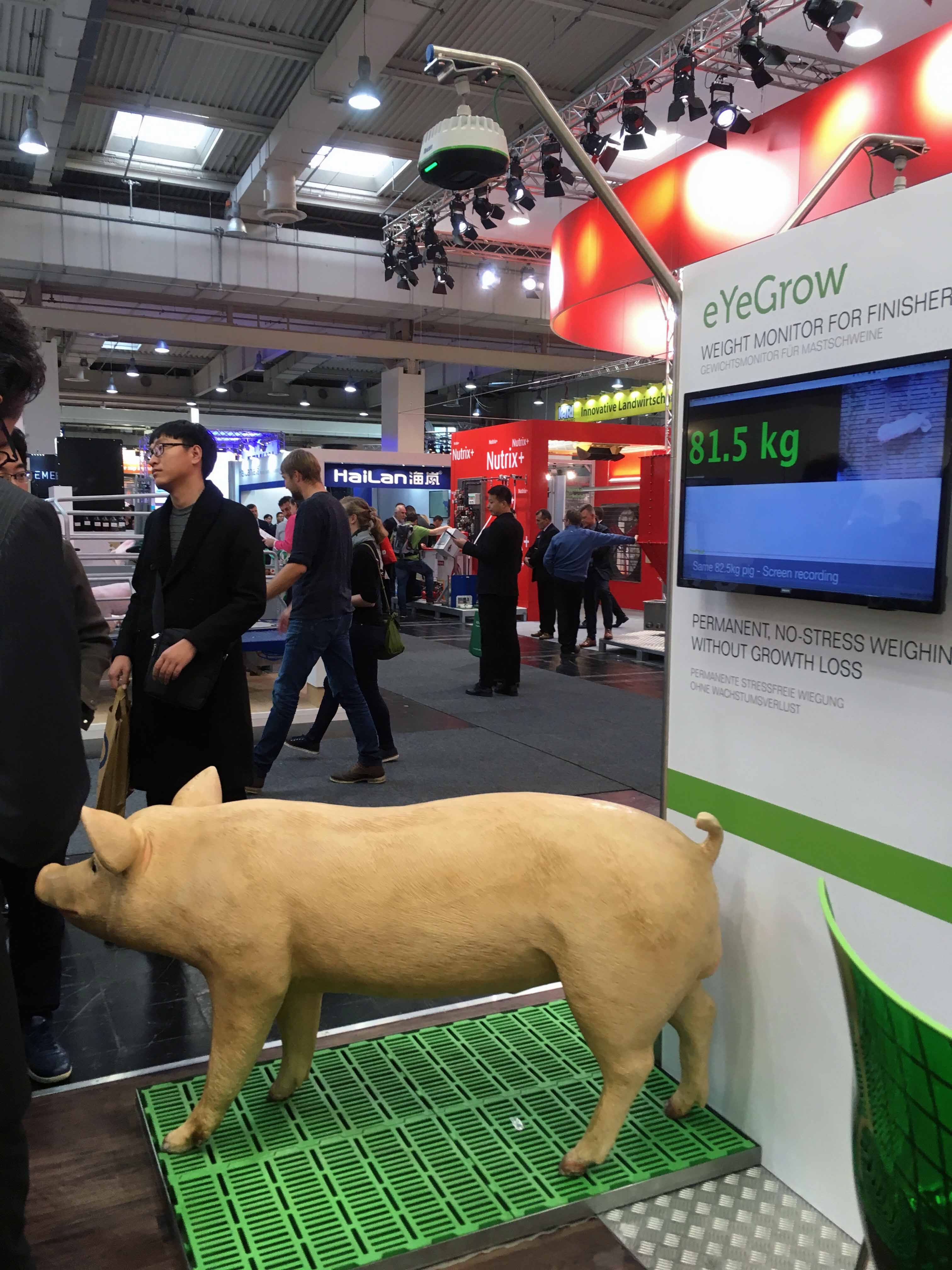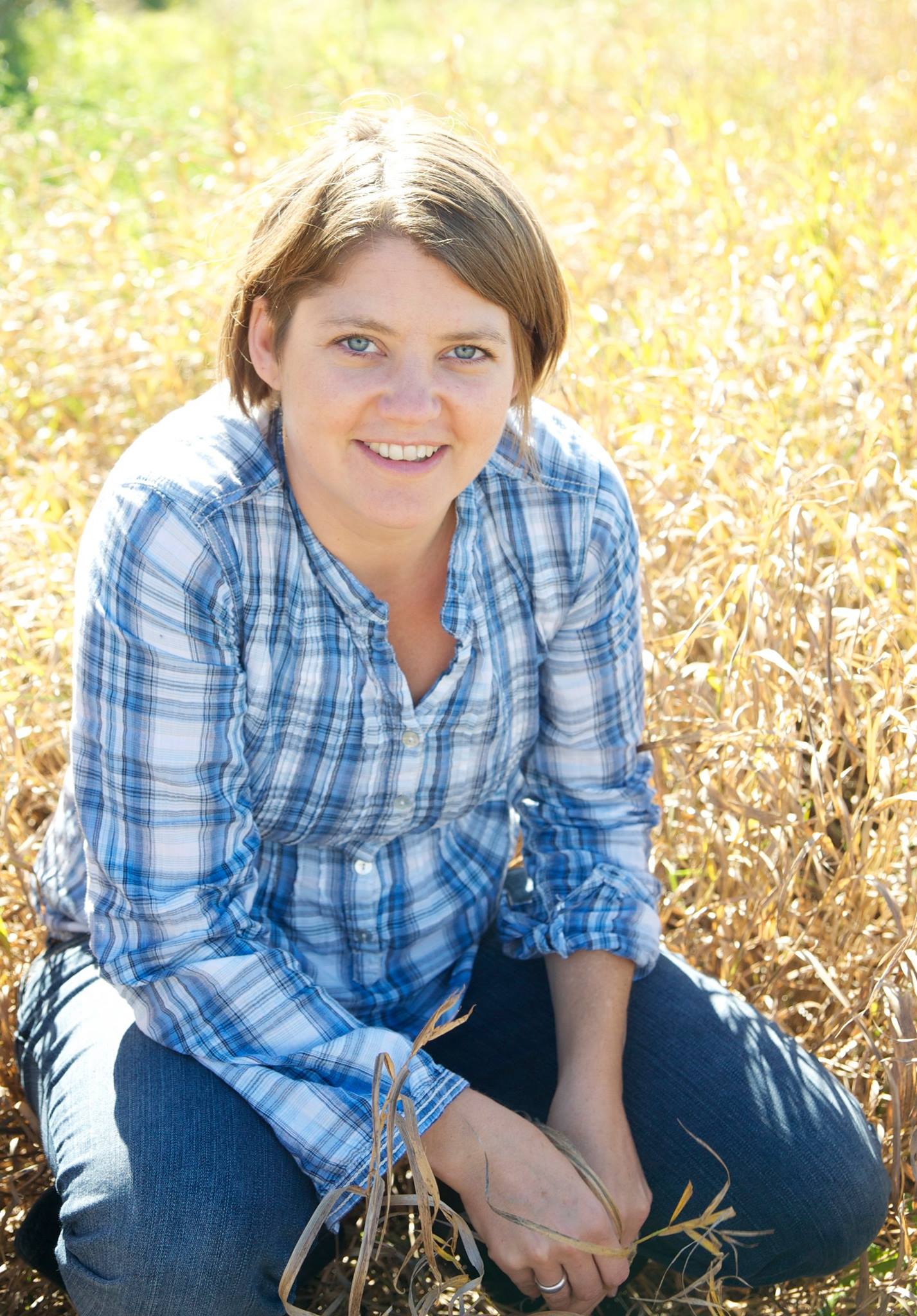



Can you be more precise? New technology to perfect your feed regime
How new data-led tech is bringing ever-greater precision to pig feeding.With the development of new and exciting technology, the science of precision pig feeding has made great strides in recent years. Companies like Big Dutchman, Trouw Nutrition, Nedap and Fancom have launched tools and technology that measure, track and monitor the feeding of finishers, piglets and sows, helping farmers best meet the nutritional needs of their herds. Here are a few of the latest releases.

Measuring the nutritional composition of feed
Precision feeding starts with nutritional management, and nutritional management starts with knowing the nutritional content of the ingredients you use. Using the power of thousands of calibrated data points and near infrared technology, Trouw Nutrition’s NutriOpt On-site Adviser analyses individual feed ingredients and sends the results to your smartphone.
Typically, farmers use table values when mix feeding, explained Peter Ramaekers, swine application and solution specialist with Trouw Nutrition Innovation. But table values are not always correct. The handheld device measures dry matter, protein and starch, among other parameters. The process takes about five minutes; the user sends data to the cloud for analysis and receives feedback in just a few minutes. Using real-time advice, NutriOpt On-Site Adviser and its rapid reporting help farmers make better-informed decision that improve animal performance and profitability, said Ramaekers.
The feed analyser is just one part of the NutriOpt offering. “With the NutriOpt swine/sow models we can show the farmers what will be the consequence when feed ingredients are not meeting the specs on technical and economic performance,” added Ramaekers.

New dispenser improves feed performance
Knowing the nutritional content of your pigs’ diet is a great start, but it’s equally important to make sure feed is properly dispensed. To better manage this task, Big Dutchman offers a new volume dispenser, Vario 8L, which can dispense small portions – as little as 100g of feed – just as precisely as it can dispense larger rations of up to 5kg. Precise feeding is made possible by an additional dosing flap that allows small amounts to be inserted into the volume dispenser’s filling chute.
“Before farrowing, many farmers with Danish genetics want to provide feed more often, but only small amounts,” explained Andreas Böske, head of marketing communications at Big Dutchman. “The target is that the sow keeps moving and receives small amounts of feed any time.”
After farrowing, however, farmers want to feed larger amounts of 4-5kg per dosing, he said.
Some technology encounters problems when feeding in small amounts, said Big Dutchman product manager Dennis Engelking; by constrast, he said, their dispenser is quite adaptable and robust:
“We have used a proven actuation and release system and can offer versions for one and two feed lines, lateral or central suspension, an additive flap and a sow card holder as well as a removable lower part that makes cleaning the volume dispenser much easier,” he said. “The most important feature is, of course, that Vario 8L can dispense small quantities from 100g to 700g very precisely.”

Electronic sow feeding station provides start-to-finish feeding data
Gestating sows prefer to live in groups, but this can make it difficult for farmers to monitor progress in terms of feed efficiency, health and average daily gains. Nedap Livestock Management offers a solution with their new SowSense concept, which comes with a complete range of products and services that help farmers manage sows throughout the complete production cycle.
In group-housing situations, gestating sows are fed on an individual basis using electronic identification (RFID) tags, explained Gerard Weijers, who provides strategic business development for Nedap. Using the tag, the electronic feeding station can identify each sow, and track her feed and water intake, as well as her average weekly gains. If it is determined that she needs extra care, Nedap’s Automatic Sow Separation gate will lead her to another area in the barn where the farmer can attend to her needs. Otherwise she returns to the common area with the rest of the group.
The most important aspect of the technology is data collection, which allows the farmer to optimise the current system to meet the sow’s needs on an individual level.
“You want a feedback loop of information that is telling you what the effect is of what you are doing,” said Weijers. “And in combination with electronic sow feeding and sow weight monitoring, you can complete that loop. You’re looking at both input and output of your production system.
“Feeding sows exactly to their actual needs increases feed efficiency and supports productivity,” he concluded.
Measuring success
When all’s said and done, farmers want to know that the efforts they’ve made are profitable. They also want to know which actions aren’t profitable. Data can be extremely helpful when it comes to the decision-making process, since you cannot manage what you have not measured.
One tool that allows you to do this is Big Dutchman’s BigFarmNet. The software digitally records animal weights, daily weight gains, feed conversion and feed composition, water and feed consumption and sow performance.
“The eating behaviour of sows and piglets in the service, gestation and farrowing area is documented fully automatically and constantly evaluated by an analysis algorithm,” explained Böske. “From all subtotals, a total is calculated for each individual animal, showing the feed consumption and the performance of the reared piglets. You can also compare the values with all other animals on your farm.”
The Enhanced Sow Feeding Statistics tool provides producers with an overview of all productive sow phases at once, including information on whether or not the sow requested all the feed she was entitled to during a set period. Data regarding born and reared piglets are also part of the statistics.

Fancom’s eYeGrow pig weighing systems
Knowing when finishers reach market weight is just as important as getting them there. Feed costs represent a large percentage of total on-farm costs, and farmers don’t want to incur penalties for selling when pigs are too light or too heavy. But measuring and weighing pigs every single day has always been a time-consuming and complicated task – at least until now.
Dutch company Fancom has designed a 3D camera system used to weigh finishers. It’s called eYeGrow and it monitors and registers the development of groups of finishers from day to day, automatically and continuously. The pigs don’t even notice they’re being monitored, so the entire operation is stress free for the animals.
Fancom’s 3D eYeGrow provides information on average weight and daily growth rate at the herd level, explained Daan Berkers, Fancom sales manager. The collected data helps farmers better manage their feed strategy and improve performance and results. More importantly, it tells them when to deliver finishers to the slaughterhouse and reduces the stress of weighing to zero, he said. The accuracy is 97 percent, he added.
From start to finisher, precision feeding can play an incredibly valuable role in helping farmers make sure they maximise their earnings. Luckily for them, the industry has made great strides in terms of developing technology that will help them to do so.









